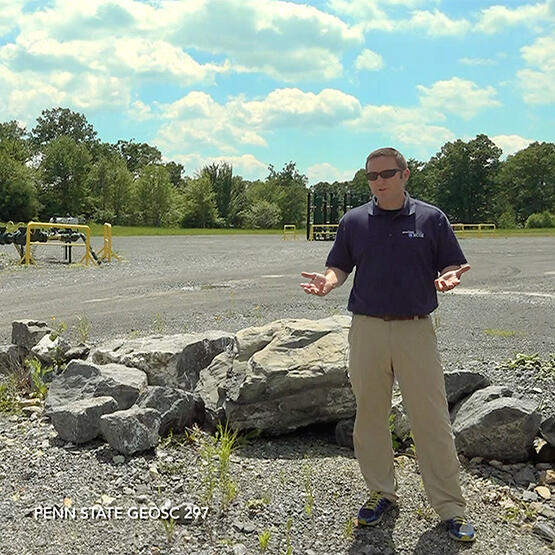Research shows that faculty presence and perceived connection in an asynchronous, online course can increase student satisfaction, motivation, and retention and reduce student feelings of isolation and confusion. Including weekly video announcements and/or lesson introductions is one way to accomplish this. Instructors who feel free to be themselves in these videos give students the chance to “see” and relate to them, and in fact, Glazier (2016) encourages using humor and satire in weekly videos as a method of building positive relationships with students. Additionally, filming at iconic University locations can help build a sense of connection and Penn State pride.
The bottom line is that a commitment to being present in your course can lead to an enhanced learning experience for everyone involved.
Tips for your video:
- Keep videos short -- 1 to 3 minutes is ideal.
- Be authentic, warm, approachable, and genuine.
- Model appropriate communication and sharing behaviors for your students.
- Avoid anything that will date the video if you plan to reuse it for future semesters.
- Use a script! (Improvisation tends to produce ineffective video.)
- Include a hook to the lesson, a short description of assignments, a note about difficult topics, a reminder to reach out to you with questions, and some personal or professional information if you are comfortable and it is appropriate.
- Shoot on location if possible (campus locations, places related to the class/major, etc.)
- Do not overthink production value. Using a selfie stick and a smartphone should be sufficient.
See the examples below to learn about building student engagement with video to introduce an instructor, course, or lesson, to post announcements, or to present lesson content.

Credit: © Penn State is licensed under CC BY-NC-SA 4.0
Related Topics
References/Resources
- Glazier, R. A. (2016). Building rapport to improve retention and success in online classes. Journal of Political Science Education, 12(4), 437-456. doi:10.1080/15512169.2016.1155994
- Martin, F., & Bolliger, D. U. (2018). Engagement matters: Student perceptions on the importance of engagement strategies in the online learning environment. Online Learning Journal, 22(1), 205-222. doi:10.24059/olj.v22i1.1092
- Draus, P., Curran, M., and Trempus, M. (2014). The Influence of Instructor-Generated Video Content on Student Satisfaction with and Engagement in Asynchronous Online Classes. MERLOT Journal of Online Learning and Teaching. 10(2), 240-54. Retrieved from http://jolt.merlot.org/vol10no2/draus_0614.pdf